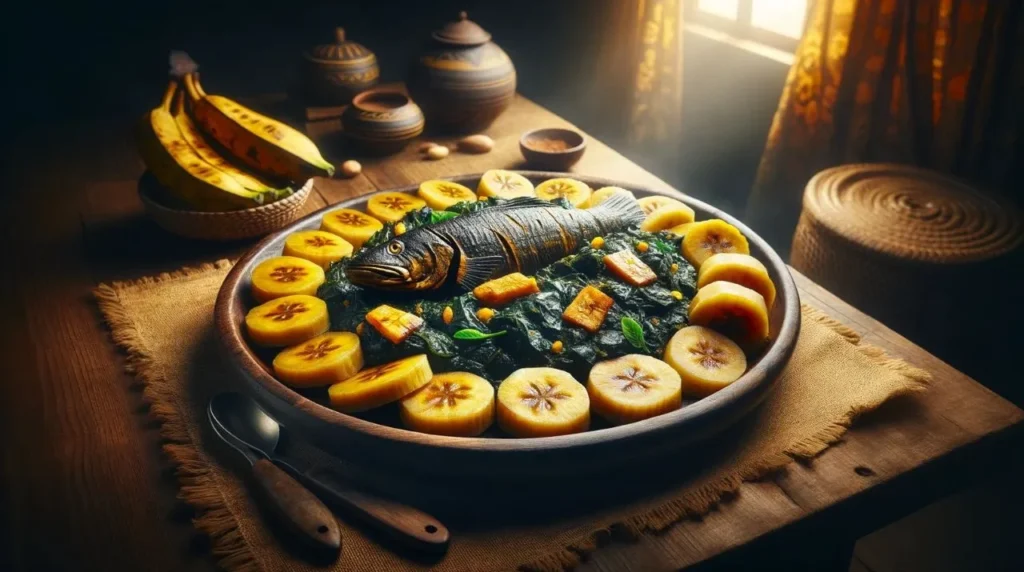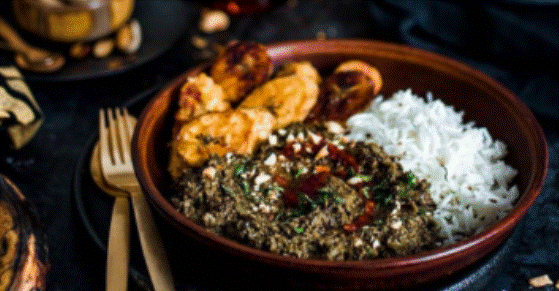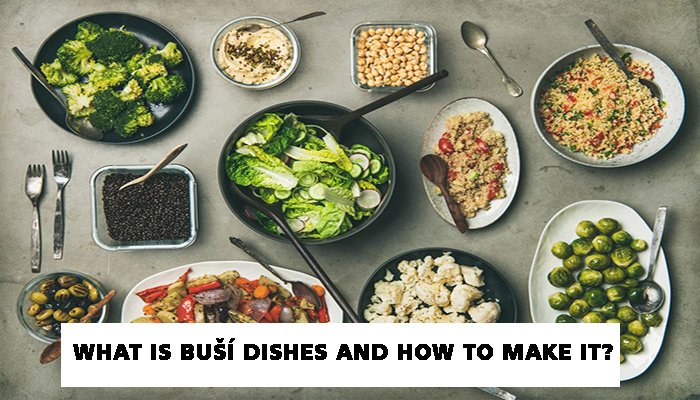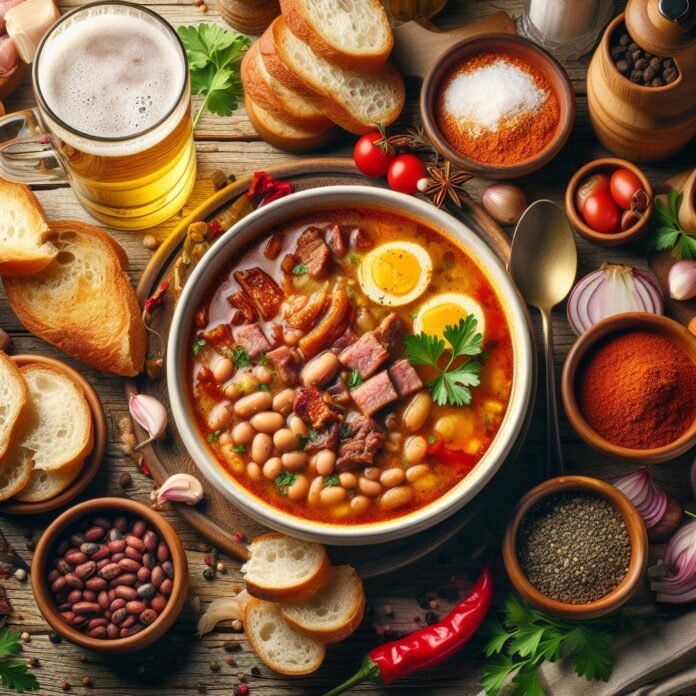Introduction: Unveiling the Essence of Buší
Buší is more than just a meal; it’s a historically rich culinary tradition with enough flavor to convey a tale of inventive cooking and cross-cultural fusion. This classic delight, however less well-known, creates a distinctive gourmet experience by fusing indigenous ingredients with colonial influences, thereby encapsulating the spirit of the cuisine culture that has been passed down through the ages. Showcasing components such as cheese, plantains and achiote oil, Buϡí offers a colorful and flavorful backdrop for gastronomic experimentation.
Exploring Buší’s Historical Roots
Buší’s origins can be traced back to the indigenous communities thriving in regions abundant with natural resources for sustenance and culinary innovation. With the advent of European colonizers, new ingredients and cooking techniques were introduced, giving birth to dishes like Buší—a culinary fusion symbolizing resilience and adaptability, blending traditional practices with novel influences.
Diverse Styles and Interpretations of Buší
Buší manifests in various styles and interpretations, each reflecting local ingredients, culinary techniques, and cultural nuances. From traditional renditions to contemporary twists, Buší continually adapts, showcasing its versatility and enduring allure to food enthusiasts globally.

Buší’s Cultural Significance: A Beacon of Unity
Beyond its culinary prowess, Buší holds profound cultural significance, symbolizing the historical and social fabric of its origins. Through shared meals and culinary traditions, Buší fosters a sense of belonging and unity, weaving familial bonds and cherished memories across generations.
Preserving Buší’s Heritage
As Buší gains global recognition, efforts are underway to preserve and promote its cultural heritage. Culinary preservation initiatives strive to document traditional recipes and educate the public about Buší’s history, ensuring its legacy endures for posterity.
Buší’s Evolution: Beyond Culinary Boundaries
Buší transcends its culinary role, embodying a spirit of community and resilience. It represents a collective identity and shared experiences, serving as a testament to the power of food to unite and inspire across cultural divides.
Embracing Buší’s Worldwide Influence
Buší serves as a bridge between cultures, sparking curiosity and appreciation for culinary diversity worldwide. Through cultural exchanges and culinary tourism, Buší introduces global audiences to its rich flavors and traditions, fostering cross-cultural understanding and appreciation.
Buší’s Role in Sustainable Practices
Producers of buší place a high value on social responsibility, environmental sustainability and ethical ingredient procurement. They also assist local farmers. Buší helps to protect the environment and cultural legacy by adopting sustainable farming methods and reducing food waste.
Buší: A Catalyst for Social Change
Buší’s impact extends beyond the culinary realm, serving as a catalyst for social and economic development in communities where it is celebrated. Through initiatives like culinary training programs and community kitchens, Buší empowers individuals and strengthens communities.
Looking Ahead: Buší’s Future
Buší’s journey continues to unfold, offering endless possibilities for culinary innovation and cultural exchange. As it captivates hearts and palates worldwide, Buší remains a vibrant symbol of culinary heritage and cultural unity.

Conclusion:
Buší embodies the essence of culinary tradition and cultural exchange, inviting all to partake in its rich flavors and storied history. As we celebrate Buší’s legacy, let us honor the traditions, cultures, and communities that have shaped its evolution, ensuring its enduring presence on tables around the world.
FAQs
Can one make Buší vegetarian?
Indeed. For a vegetarian variation, plantains and cheese make great foundations; you could even use beans or mushrooms in place of the meat.
Is Buší suitable for a gluten-free diet?
Yes, Buší inherently contains no gluten, making it suitable for those on a gluten-free diet. Always check specific ingredients to be safe.
How spicy is Buší?
The spiciness of Buší can be adjusted according to personal preference. Achiote oil provides flavor without inherent heat, allowing for customization with additional spices or peppers.
Where can I try Buší?
Buší can be found in specialty restaurants focusing on traditional or fusion cuisines, as well as food festivals and culinary events offering opportunities to taste this delectable dish.
What are the key ingredients in Buší?
The main ingredients in Buší include meat (such as pork, chicken, or beef), plantains, cheese, and achiote oil. These ingredients combine to create a unique and flavorful dish.
Can I adjust the recipe to suit my taste preferences?
Absolutely! Buší is versatile, allowing for customization based on individual preferences. Whether you prefer it spicier, cheesier, or with different types of meat, feel free to tailor the recipe to your liking.
Is Buší a traditional dish in specific regions?
Yes, Buší is considered a traditional dish in certain regions where it has been passed down through generations. While its origins may vary, it is cherished as a cultural staple in these areas.
When is the best time to serve Buší?
Buší is ideal for festivities and special occasions as well as get-togethers with loved ones. It’s a popular option for group dining occasions because of its flavorful, filling ingredients.
Can I make Buší ahead of time?
Yes, Buší can be prepared ahead of time and reheated when ready to serve. This makes it convenient for meal planning and ensures that you can enjoy its delicious flavors
whenever you desire.
Are there any traditional garnishes or accompaniments for Buší?
While Buší is delicious on its own, it can be served with traditional accompaniments such as rice, beans, salsa, or avocado. These additions complement the flavors of Buší and enhance the overall dining experience.


